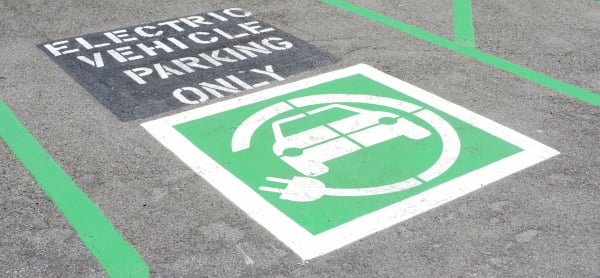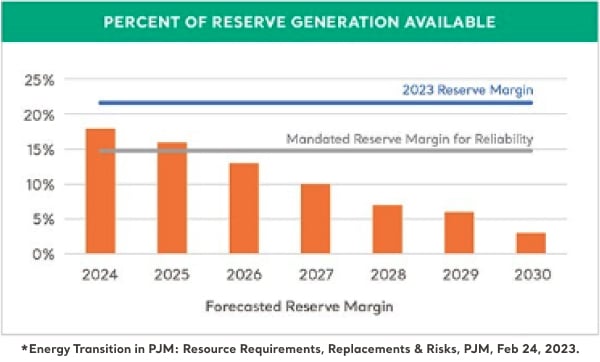UNDERSTANDING ELECTRICFICATION
Perhaps you’ve heard the phrase “electrify everything.” But what does this mean?
Ultimately, electrification refers to the practice of replacing technologies and processes that use fossil fuels with electrically powered alternatives. Think replacing internal combustion engines and gas boilers with electric vehicles and heat pumps. These replacements are typically more efficient, reducing energy demand, and are likely to have a massive impact on emissions as electricity generation is decarbonized.

Currently, we’re seeing the majority of emissions reductions from electrification in the residential sector, as electric vehicles become more accessible for the average consumer and heat pump installation takes off. In the commercial and industrial sectors, the electrification of end uses is slower, due in part to the longer lifetime of equipment. According to the IEA, the most promising electrification technologies in the industrial sector relate to the heating and cooling of air, water and steam, while the Energy Information Administration (EIA) projects we’ll see an increase in electric arc furnaces being deployed in the iron and steel industry.
It’s important to note that for electrification to truly lead to large-scale emissions reductions, electricity generation needs to shift to low-carbon sources. While an exciting move toward decarbonization, research shows that, without enhancements to the grid, the growth of electrification may be costly, slower than initially expected, and affect reliability. And as more energy generation shifts to electric, consumers will need to better understand their usage — notably peak load — and how focusing on energy efficiency can help mitigate rising power costs.

INVESTING IN ON-SITE EV CHARGING
As consumer adoption of electric vehicles continues to rise, it’s important that businesses adapt to their employees’ evolving needs. One area in which electrification makes most sense for corporations? On-site EV charging.

According to the EIA’s data gathered for their 2023 Annual Energy Outlook, in 2022, EVs made up about a 6 to 7 percent share of the U.S. vehicle market — and some analysts forecast EV sales in the U.S. could reach 40 percent of total passenger car sales by 2030. Dozens of the world’s largest manufacturers have committed to increasing their EV offerings, and more than 10 of the world’s largest manufacturers have declared electrification targets.
Most EV charging will take place at home, but as EVs become more mainstream, employees may start to request this option at the workplace. According to Plug In America’s 2023 EV Driver Survey, more than 25 percent of EV drivers reported using a workplace charger weekly.

THE IMPACT OF ELECTRIFICATION ON ENERGY DEMAND — AND YOUR BILL
The increasing demand for electricity in the U.S. — due to the growing number of EVs, data centers, and other electrification needs — combined with increased difficulties building out new generation, has led to proposed regulatory changes seeking to maintain the reliable generation of electricity.
Because power plants can experience sudden shutdowns due to mechanical failure or other causes — and extreme weather can cause sudden and significant surges in demand — there’s an amount of generation that’s available but not currently connected to the grid. This is known as reserve generation, and we can call upon it to connect to the grid and generate power when needed. Over the next several years, as the industry works to build out new generation sources, the amount of reserve generation intended to meet periods of peak demand is forecasted to shrink.
In the interim, there’s a market mechanism called scarcity pricing which increases the risk of price spikes. If there aren’t enough reserves ready to meet the requirements at any moment, scarcity pricing rules could send the cost of electricity soaring to almost 10,000 percent higher than where it typically averages.

IN THIS REPORT, WE HIGHLIGHT THE KEY ENERGY TRENDS AND TOPICS AFFECTING THE ENERGY INDUSTRY — AND CONSUMERS.
Dive into the next section.




